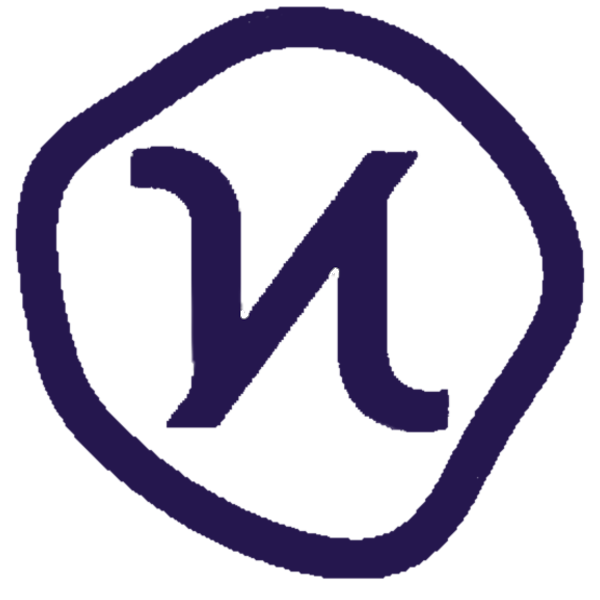NFTs = paper 📝
Most people think of NFTs as expensive, poor quality art. However, art is just the first use case for NFTs that caught our imaginations. There's an infinite number of potential use cases for NFTs. I recently heard a great analogy (can't find source, sorry) that NFTs are just digital paper.
Paper is flexible. You can draw on it, write on it, print a book on it, sign a contract on it, etc. Paper is a physical good that can be owned. You can hold it in your hand and know that you're the only person in the world with that particular piece of paper. That doesn't prevent other people from looking at the paper or making a copy of it, but you still own the original.
Computers created a new paradigm. Data on a computer can't be owned. You can't send the original data. You can only create copies of the data. Sure, you can hand a flash drive to your friend, but that doesn't come with any kind of guarantee about the validity of the data. This is why computer-powered money is a very tricky problem. I can hand you a physical dollar, but I can't just transfer the "dollar data" from my computer to yours.
Bitcoin solved this double-spending problem without the need for a central bank. Ethereum's invention of smart contracts made way for NFTs. With an NFT, you have a record of any data you want, just like any other computer database. But you also get ownership without double-spending like paper.
That's cool on its own, but wait, there's more. Because your NFT lives on blockchain, you can program additional logic into this digital paper. It's the best qualities of paper combined with the power of computers.
-Luke
P.S. Kui and I hopped on YouTube today to talk through the KAP whitepaper. If you prefer watching/listening or just want more insight into our thoughts, check it out here!
